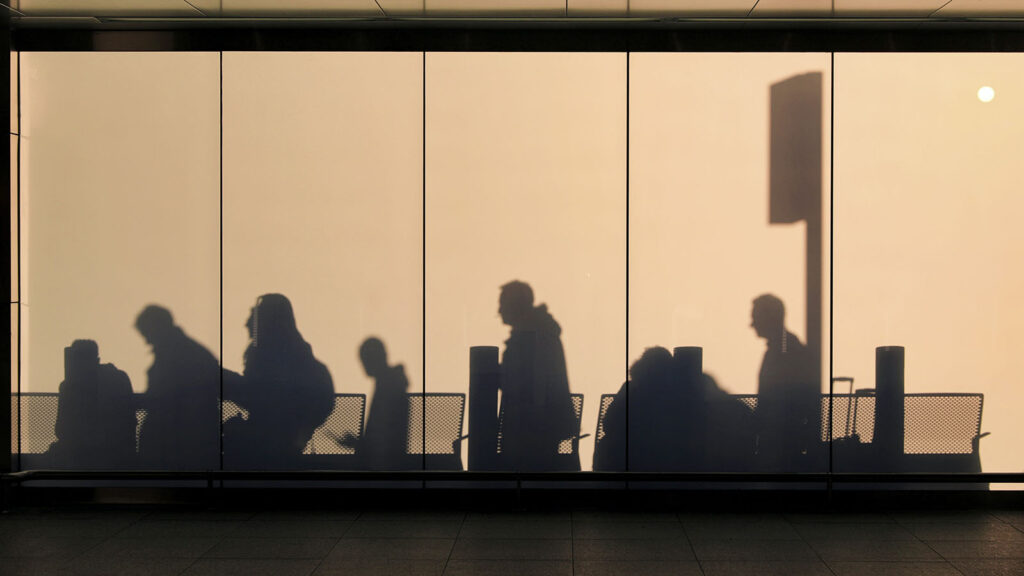Who doesn’t like skipping the passport queues when travelling overseas? Well, as it happens, flying Business Class or having shiny frequent flyer status isn’t the only way to go about it. You can also take the fast path in many countries by presenting an APEC Business Travel Card (an ‘ABTC’).
You’ll get ongoing access to the Express Path lanes at major Australian airports, for starters. The same is true when you’re coming and going from up to 20 overseas territories. And as it happens, ABTC holders can also be exempted from many visa requirements abroad too. Imagine being able to do business in China without a formal visa for longer visits.
Here’s what you need to know about the APEC Business Travel Card.
Where the APEC Business Travel Card works its magic
Along with journeys departing and arriving into Australia, the APEC Business Travel Card makes passport control a lot easier abroad. In participating countries and territories, there’s usually a fast lane for those with the APEC Card. It’s often combined with the swift exit for diplomatic passport holders and international air crew, so keep your eyes peeled.
Sometimes, it’s easier to just use the regular automated exits. For instance, New Zealand has speedy SmartGates that accept Australian passports. Singapore also has its Frequent Traveller scheme for regular visitors. But elsewhere, the card can be a real lifesaver.
Those long passport lines in Bali? Don’t fret – Indonesia is on the list. How about those winding queues at US passport control? The card works there too.
Joining those destinations above, the APEC Card is also accepted for fast-track processing in Brunei, Canada, China, Chile, Hong Kong, Japan, Malaysia and Mexico. It works in Papua New Guinea, Peru, the Philippines, Russia, South Korea, Thailand, Taiwan and Vietnam as well.
When it comes to visa waivers, most of the countries mentioned provide this too. Canada and the United States are the key exceptions, as their involvement is only to whisk you through immigration once you’re already allowed to visit. So don’t forget your eTA for Canada or ESTA for the USA.
Elsewhere though, you may be able to travel without a visa or pre-arranged visa-waiver. When you apply for the APEC Card, you nominate countries of interest. Your APEC Card application is vetted by those overseas territories. And if they’re happy, your card is ‘endorsed’ for use in that territory. You could nominate every territory, if you wish – or only those where you intend to use the card, for simplicity. With that ‘endorsement’, you become exempt from the country’s normal visa requirements.
Who can get it?
Understandably, there are some hoops to jump through to get an APEC Business Travel Card of your very own. The most basic requirements are that you travel frequently to an APEC territory (those listed earlier) for business. You also can’t have been convicted of any criminal offences.
Still eligible? You’ll also effectively need to be running a company that engages in international trade or investment between APEC economies. For instance, as the CEO, CFO, VP, country head, board member or director. But here’s a workaround. Somebody working in a C-level role – or who owns the company – can nominate you for the card. This doesn’t prevent the person who nominated you from applying themselves. So, be nice to your CEO…
There are a few hoops that the business itself needs to jump through as well. Australia’s Department of Home Affairs has the latest information on those requirements on its website. Through the same website, you can also apply for the card and request your ‘endorsements’. Fees apply and may vary. These will be displayed during the application process.
Summing up
Getting an APEC Business Travel Card is quite a procedure. There’s a lot of paperwork required, and it takes time to get everything processed. Different countries and territories can also take inconsistent amounts of time to grant those all-important endorsements. We’re talking months in many cases, not days or weeks.
But the good thing is that now, the APEC Business Travel Card is entirely digital. Before, you needed a physical plastic card. And it was quite a process to request new country endorsements and keep swapping cards as these changed. Now, as it’s a digital card, new endorsements can appear as soon as they’re issued. So you can apply and get started with whichever country accepts you first, and add the others over time.
Clearly, for infrequent travellers, it’s really not worth the fuss. Even those who venture abroad every few months may not see the point. After all, you could spend just as much time preparing the paperwork as you’d save in the queue at the airport. But some people fly a lot. And not every airport gives priority processing based on cabin class or status alone.
The APEC Business Travel Card can get you out of the airport and to your first meeting even faster. Or even just to your hotel for a little extra sleep before your busy itinerary kicks off. You can’t bring ‘guests’ through the fast lanes, and most countries don’t allow you to use it on holidays. But if your travels are mainly on business, it’s a handy time-saver.
Also read: Your Australian passport unlocks Hong Kong’s time-saving e-Channel
Feature image courtesy of Yolanda Suen/Unsplash.
Stay up to date with the latest news, reviews and guides by subscribing to Point Hacks’ email newsletter.






What line do you recommend joining when entering USA or Canada with APEC card for quickest processing through immigration? In the past this has not been clear to me so I’ve just joined the standard line for international travelers …..